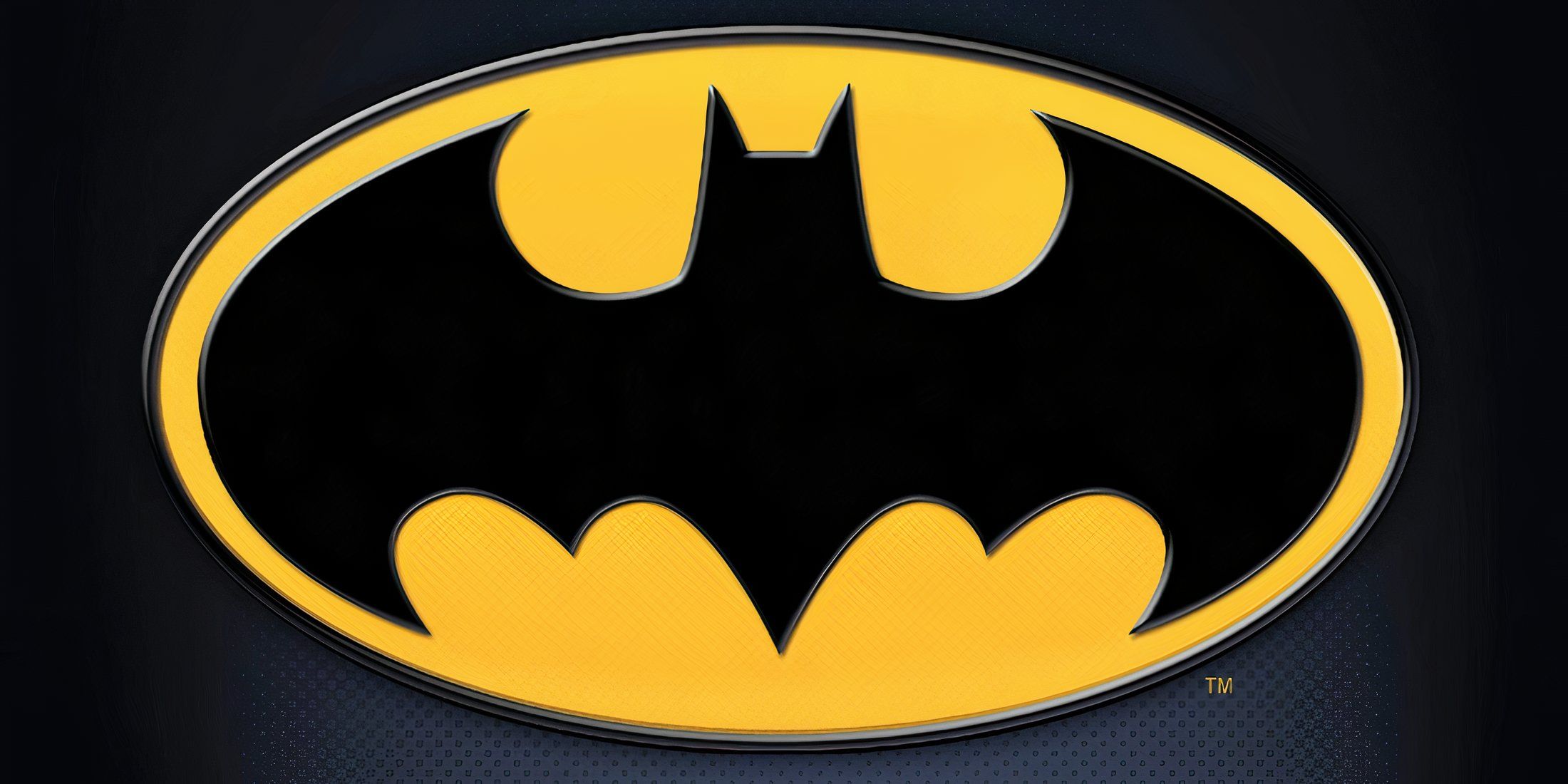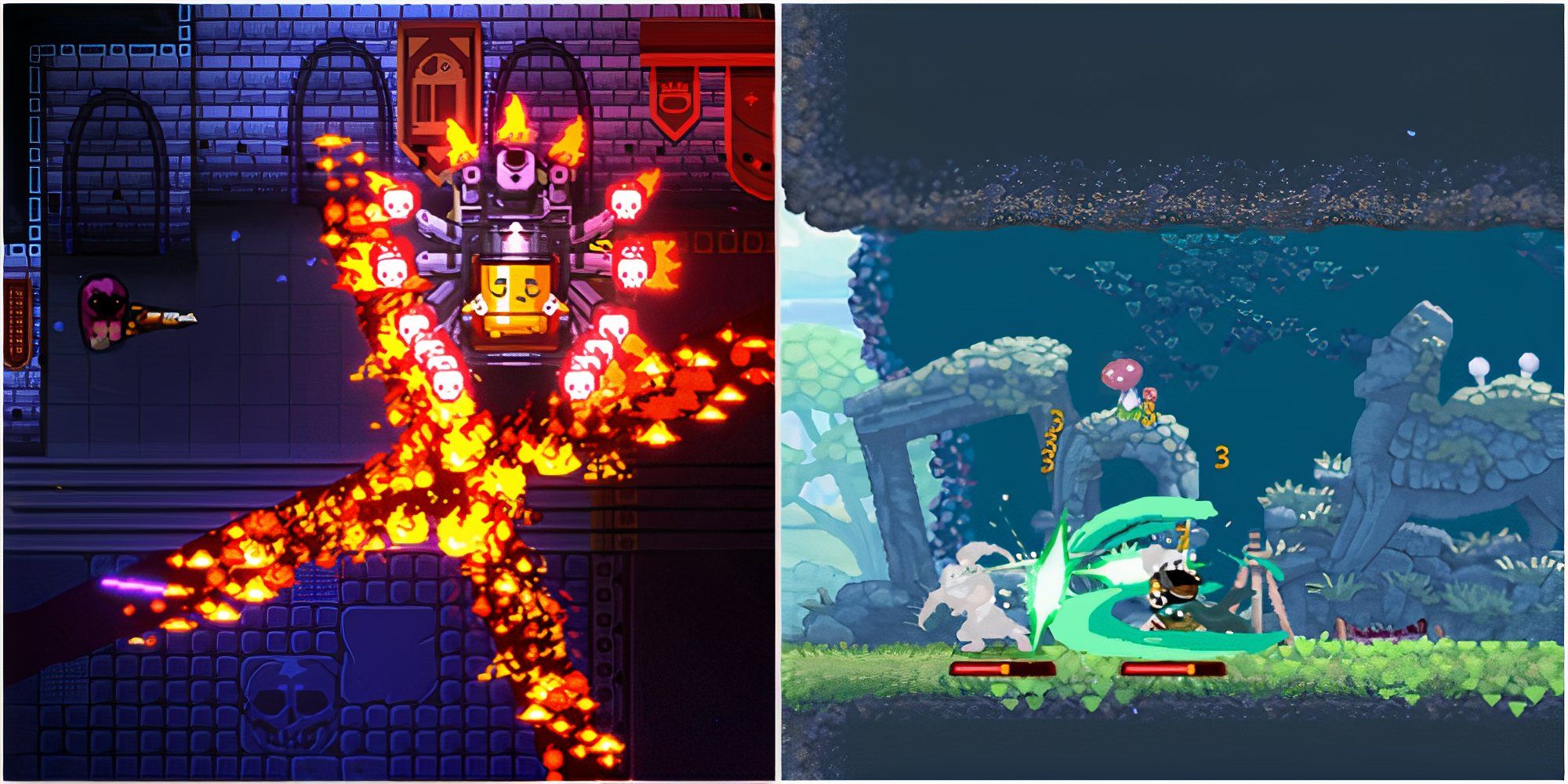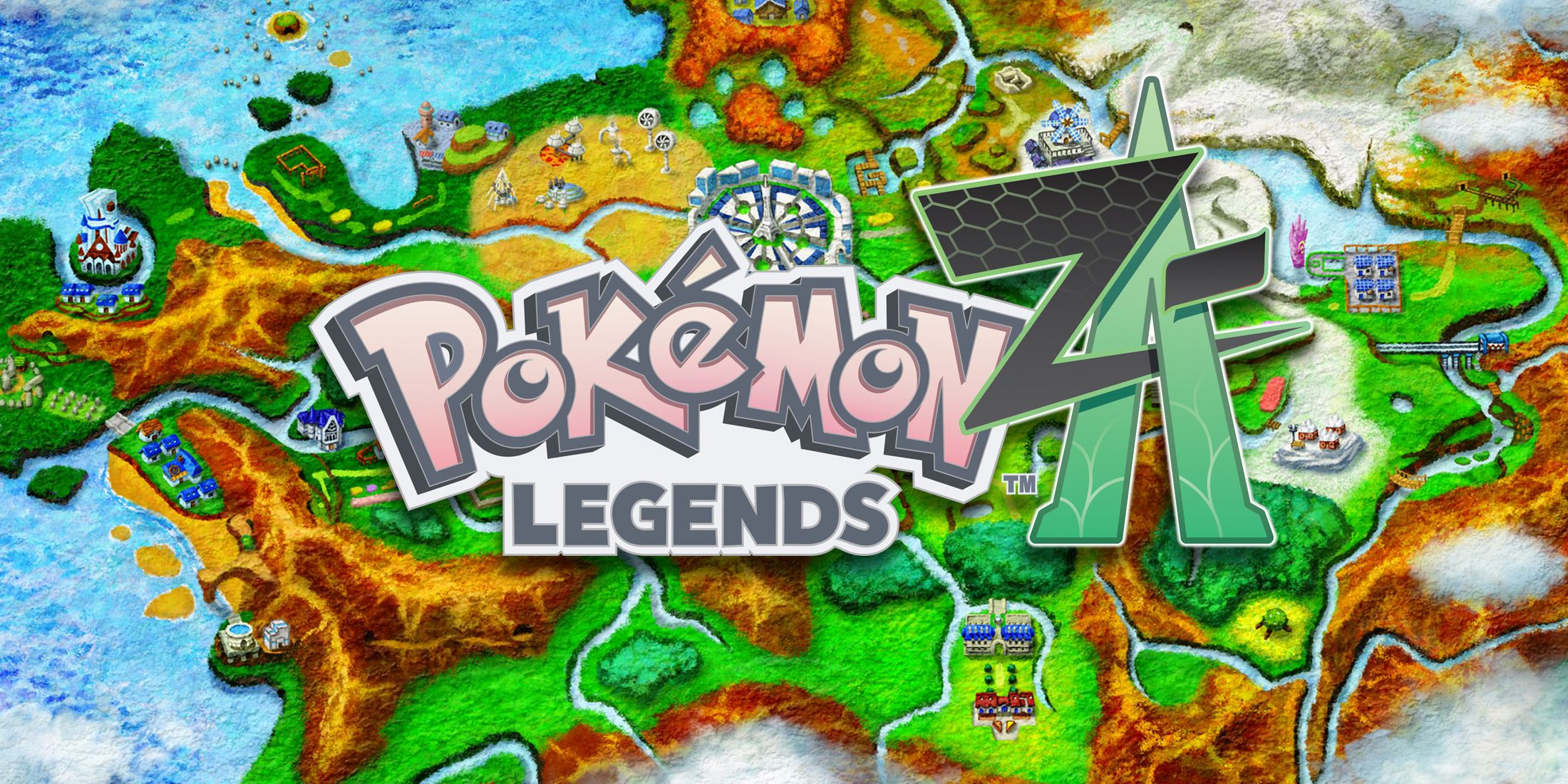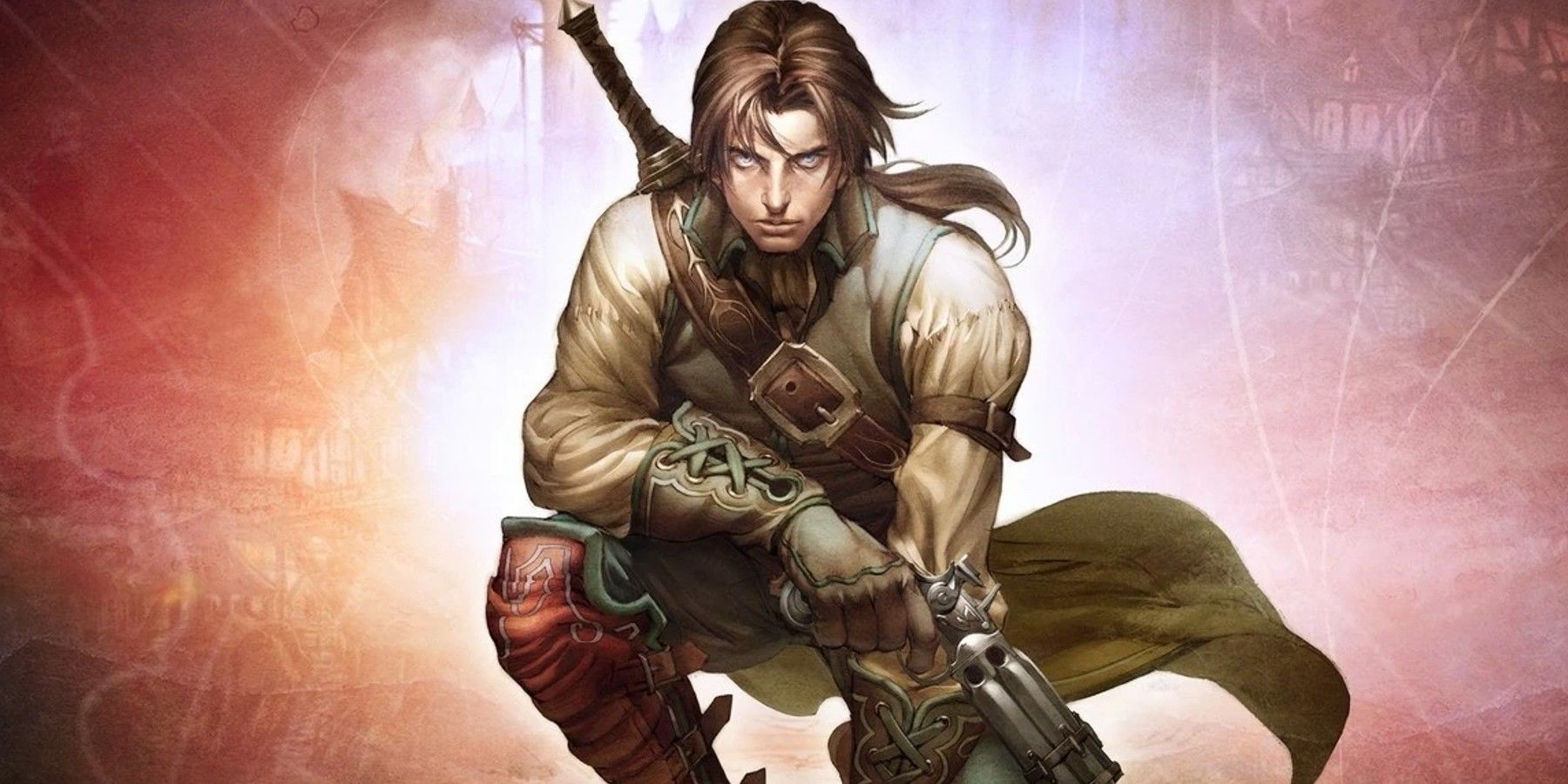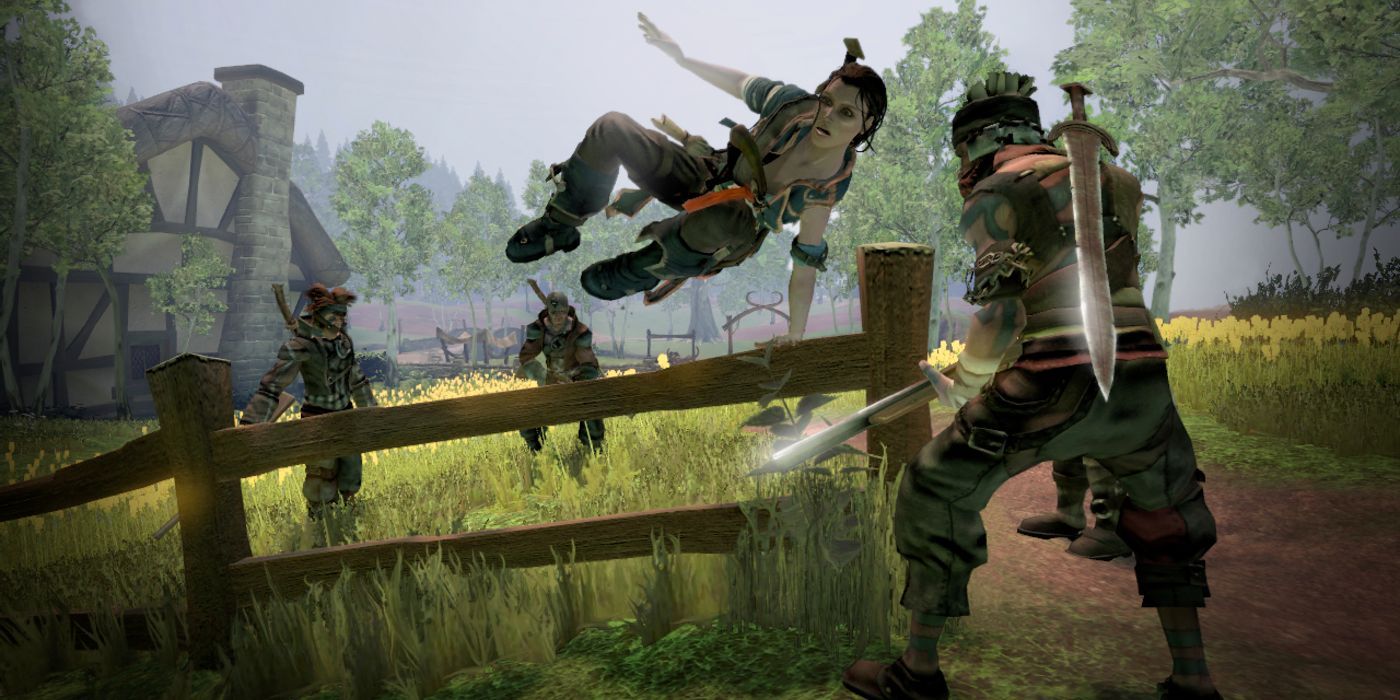Xbox is still in desperate need of first-party exclusives. Though recent titles like Halo Infinite and Forza Horizon 5 have been exactly what Xbox needs, being high-quality AAA exclusives that provide a reason for actually owning an Xbox, the future is a little unclear for the publisher. While a new Gears of War is undoubtedly on the horizon, and a new Forza Motorsport has been revealed, the rest of Xbox's future slate seems eerily empty once again. The confirmed Fable reboot/sequel, however, is one of the few standouts.
Originating on the original Xbox back in 2004, the Fable franchise takes a plethora of mythical, fantastical tropes, and subverts them in a uniquely dark, funny way. While the series' lead developer and public face, Peter Molyneux may not be the most trustworthy man in the industry, the Fable series is one of the few games of his that has actually gotten close to the wild promises he makes during press meetings. But with a new Fable on the way, it's time for the series to go above and beyond, drawing from the past while moving the series forward.
What Fable Should Take From Fable 2
Released in 2008 for the Xbox 360, Fable 2 is widely considered to be the best entry in the fantasy action-RPG franchise. Where the first Fable subverted expectations and surprised audiences with its charm, wit, and distinctive style, Fable 2 put some meaty gameplay behind it, delivering one of the tightest action-RPG experiences on the Xbox 360, and one of the most expansive.
Though Fable 3 is generally considered to be a solid, big-budget adventure, long-time fans of the series point to Fable 2 as being the better game. While fans will point to countless reasons for their decision on this, it mostly boils down to two vital factors: the game's combat system and its world. If the new Fable is going to draw inspiration from past entries, then Fable 2 is surely the best place to look.
The first Fable had a competent, fairly responsive combat system, with swordplay, spells, and ranged combat all flowing together quite well to produce a tactical combat system. Fable 2 took this concept and pushed it to its max, creating a combat system that's somehow equal parts complex and accessible. Unlike its sequel, Fable 2 allows players to target individual body parts of an enemy, giving the player greater freedom in how they approach combat, and rewarding strategy.
Fable 2 also upped the ante with the sheer volume and variety of weapons on offer. Melee-wise, players could find katanas, cutlasses, longswords, cleavers, axes, maces, and hammers, each category with at least five different entries. On the ranged weapon front, players could find turret pistols, clockwork pistols, flintlocks, blunderbusses, rifles, and three different types of crossbows, again, with at least a few different types in each category. On top of this, players could mix and match weapon augments, further customizing their desired build.
The new Fable might also want to draw inspiration from Fable 2's approach to its open-world. Fable 2's open-world is split into 13 different regions, each of which has its own distinctive visual appearance, musical cues, and atmosphere. Unlike other open-world titles, Fable 2 manages to make all of its regions feel like an integral part of the in-game world by giving each one its own economy rank. Over the course of Fable 2, players can increase this economy rank by building new structures and helping the region's residents. As the economy rank increases, and each region becomes more prosperous, Fable 2's open-world begins to feel more like a living, breathing place as opposed to just a space for the player to traverse through on their way to the next mission.
Fable is in development for PC and Xbox Series X.

